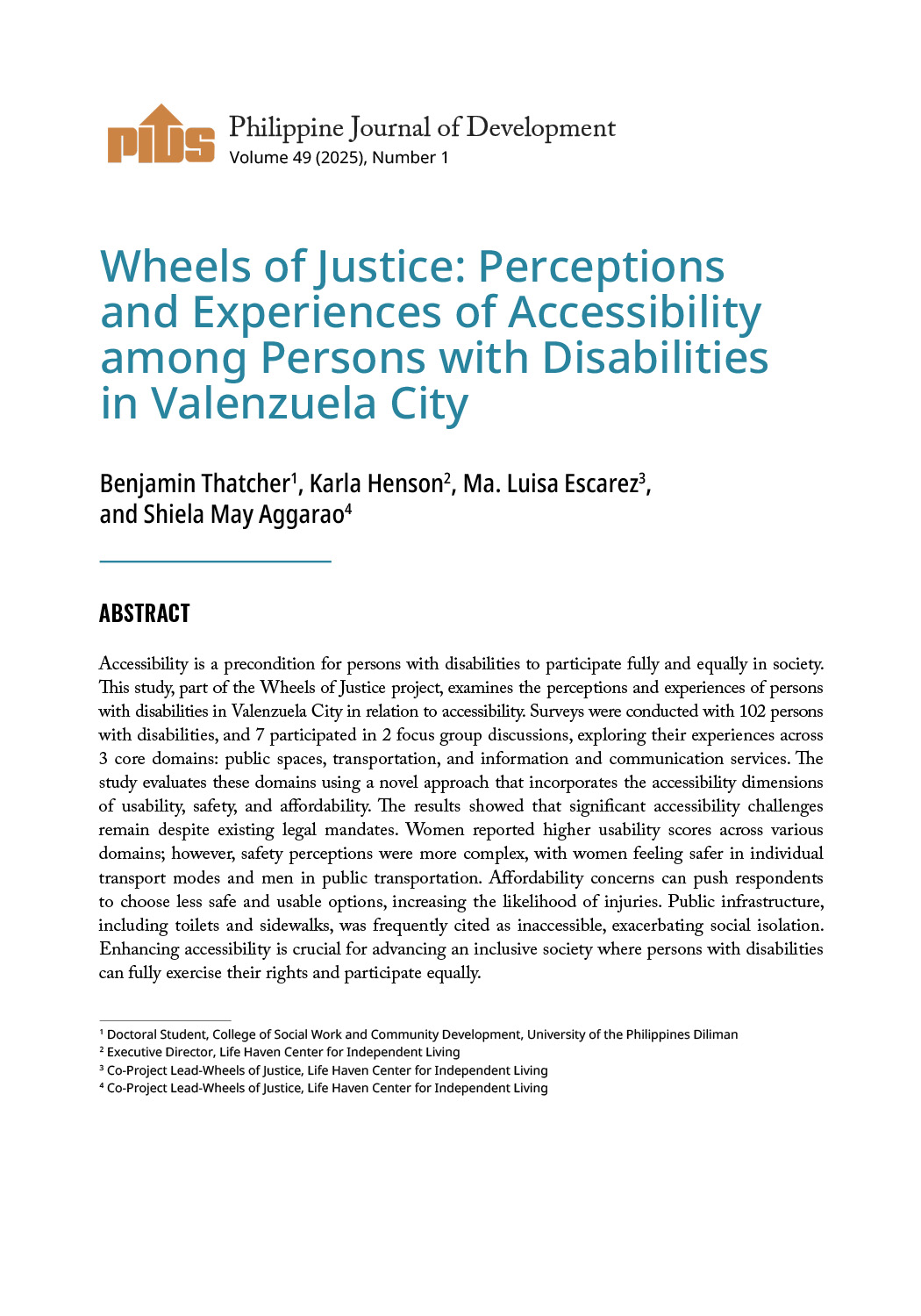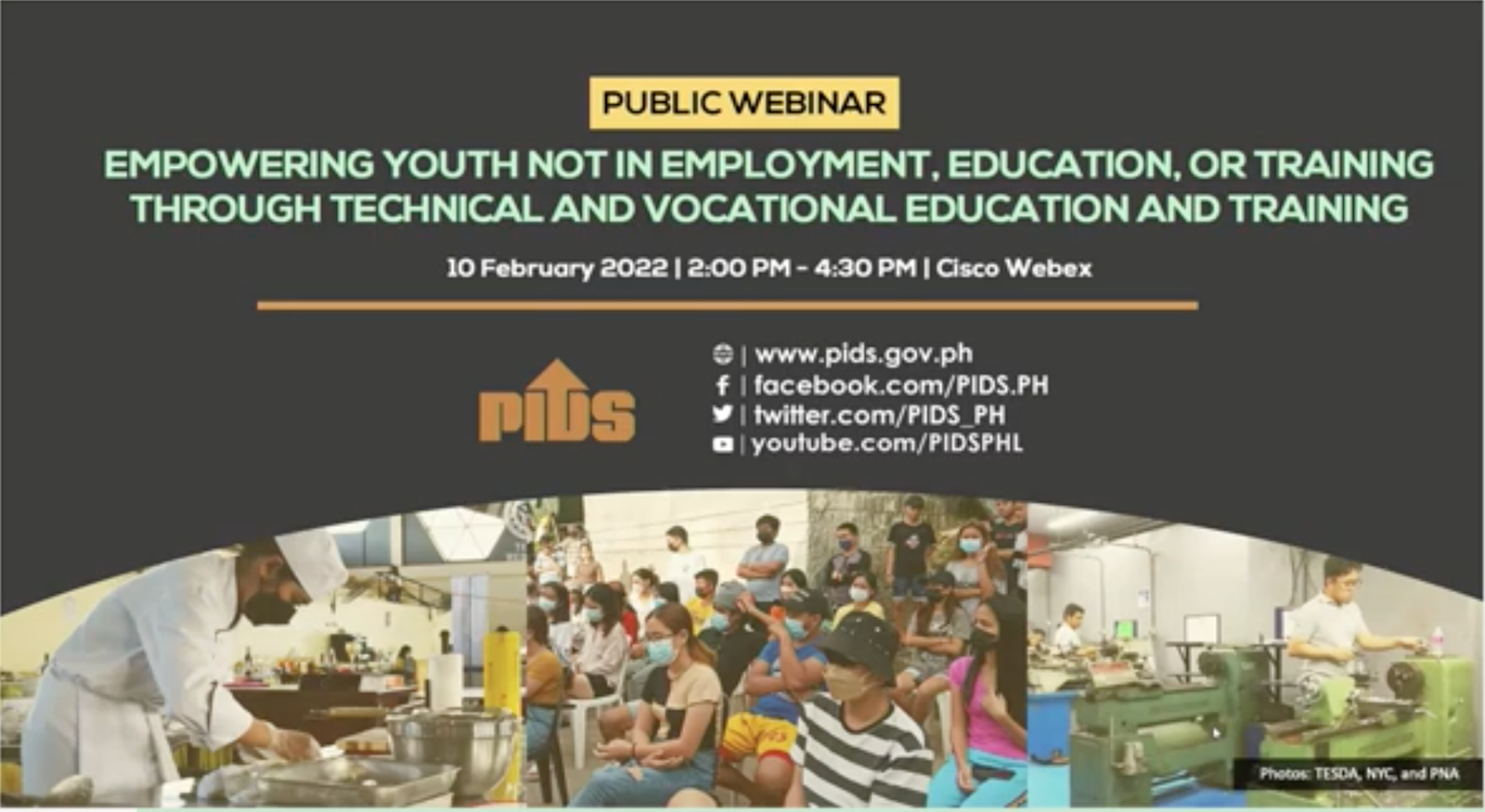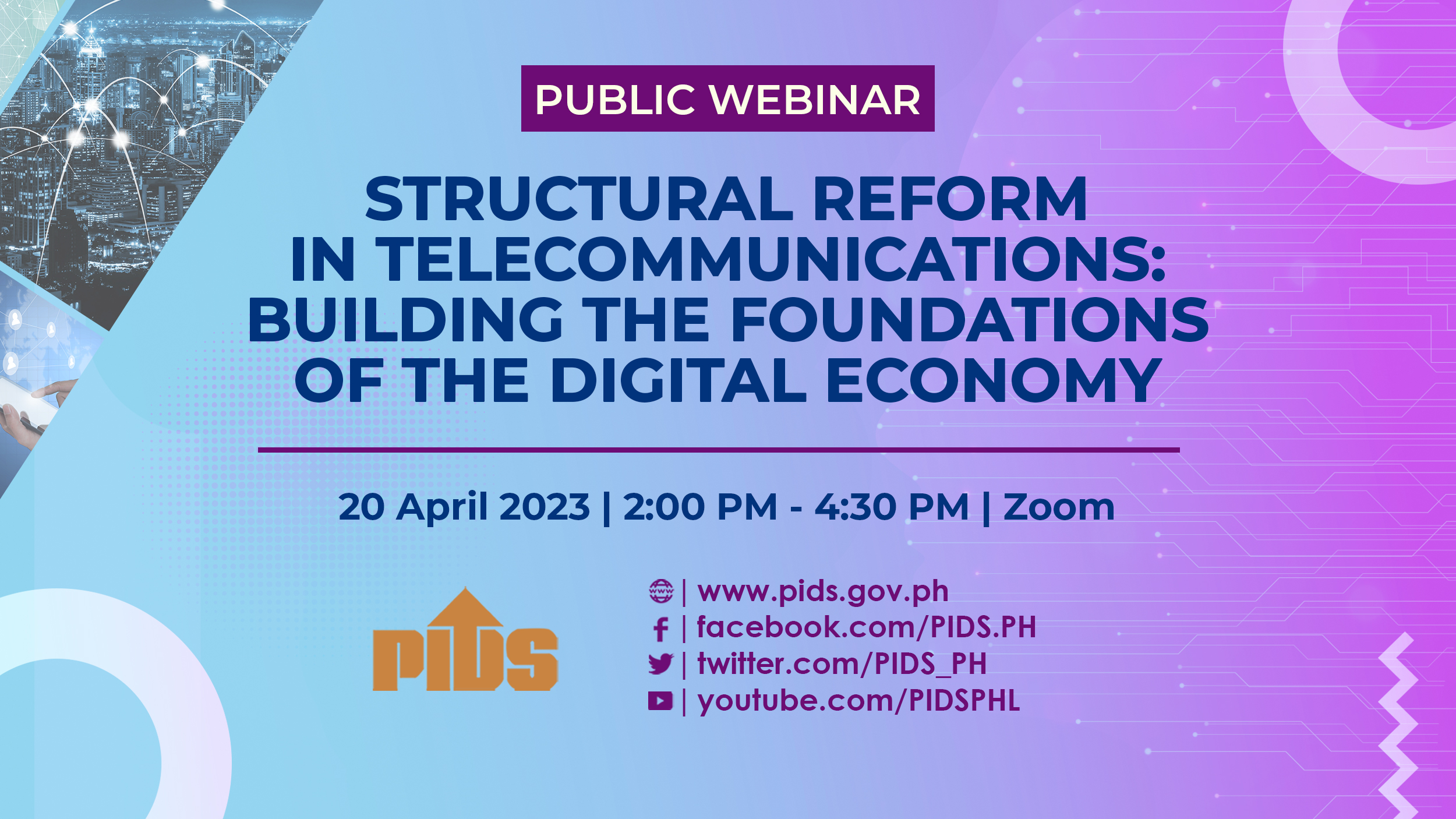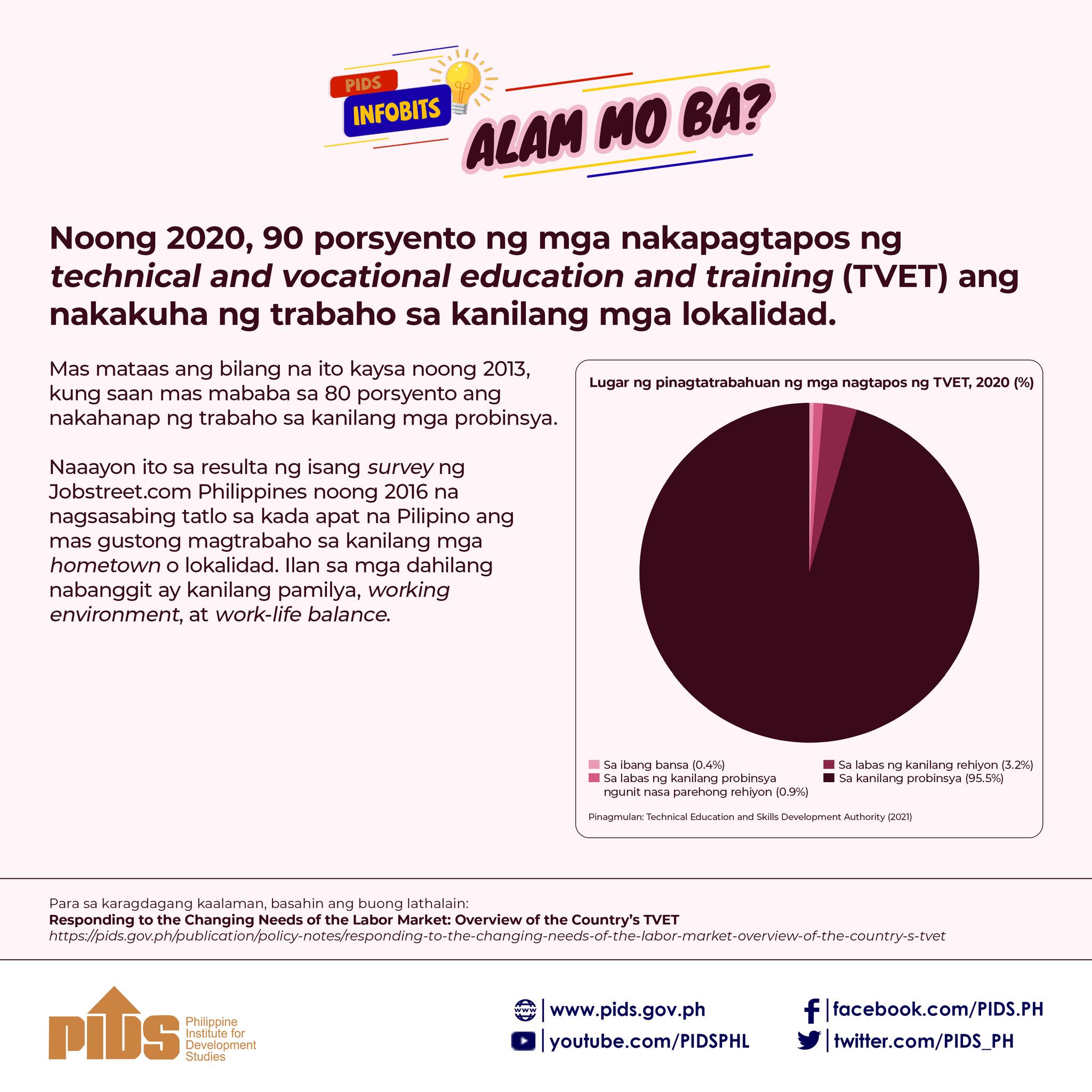Just a few months into office, bureaucrats from the Department of Finance (DoF) wasted no time and lined up five tax packages ostensibly to remedy the deficiencies in the current tax structure and to raise revenues for much-needed public investments. They wanted to take advantage of President Duterte’s popularity, and true enough, he himself soon certified the Tax Reform for Acceleration and Inclusion (TRAIN) bill as urgent, fast-tracking the bill’s journey in Congress. This underscores the administration’s seriousness in pursuing its tax reform program.
However, despite the executive department’s push, the TRAIN bill’s passage has been constantly delayed in both houses of Congress with several legislators raising their concerns on the “anti-poor” measures of the proposal. While the architects of the tax reform program insist that the benefits — such as the cuts in personal income taxes — would outweigh its costs, several details still need to be ironed out.
Among the more controversial provisions in the tax reform proposal are the excise taxes on petroleum and sugar sweetened beverages (SSB), two of the largest sources of revenues for the government. And for good reason. By some estimates, those in the lowest five income deciles will be adversely affected by any duties imposed on these commodities, the same segment who will barely benefit from a reduction in personal income taxes.
To cushion the effects of the added taxes on poorer households, legislators have proposed that the incremental revenues from TRAIN will be used to fund a long list of programs, covering sectors ranging from health to mass transportation. Meanwhile, the executive department has identified five social mitigating measures (listed below) which will soften the impacts of TRAIN on the ordinary Filipino. To be sure, targeted earmarks are a positive step towards boosting investments in human capital. However, beyond presenting a broad outline of these measures, details on how the government actually intends to implement these programs remain scant. This raises concerns on the government’s readiness in rolling out these measures.
TARGETED CASH TRANSFER PROGRAM
Monthly cash transfers of P300 would be provided to the poorest 10 million households. The program will expand the government’s conditional cash transfer program (4Ps), where beneficiaries are already identified under Listahanan, a database covering 15.1 million households. While the 4Ps has broadly achieved its objectives, it is not without its flaws.
The Commission on Audit has identified issues that still need to be addressed, including duplicate or fraudulent households, unliquidated funds due to distance or ineligible beneficiaries, untimely release of funds, and unnecessary holding of idle funds by the Landbank.
PANTAWID PASADA
Public Utility Jeepney drivers will be supported through subsidies. This scheme is a revival of an ad interim measure implemented by the Department of Energy in May 2011 to cushion the impact of higher fuel prices on drivers and commuters. Beneficiaries have complained about the repeated change in the system for subsidy distribution and delays in rolling out the cash cards. The program remains unaudited years after its implementation.<
PANTAWID KURYENTE
The program will provide cash grants to beneficiaries who consume under 100 kW per hour. In 2008, the government offered a one-time cash grant of P500 to those who would be affected by the increase in power costs due to higher excise taxes. The program was meant to assist seven million households. However, a study by the Philippine Institute for Development Studies reveals that 72% of the benefits were given to nontargeted consumers while 43% of intended targets were excluded.
PUV MODERNIZATION PROGRAM
The program seeks to replace around 220,000 aging jeepneys with more fuel-efficient vehicles. Just last month, Malacañang was forced to suspend government work and classes for two days as transport groups staged protests against the proposed scheme. While roughly P2.5 billion in financing will be extended to PUV operators and drivers to make it easier to acquire these new vehicles, the scheme has faced backlash on concerns regarding the affordability of the new vehicles and risks associated with potential ridership.
NATIONAL ID SYSTEM
The system will make it easier to target qualified beneficiaries for the government’s social protection programs. The DoF is set to allocate P2 billion to roll out the system in 2018, where senior citizens and PWDs will prioritized, followed by the poorest 5.2 million households that do not have 4Ps cards. Within the next two years, the government targets to provide 105 million Filipinos with the ID card. The DoF has urged Congress to pass a law that institutionalizes the national ID system. On September, HB 6221 hurdled the lower house on third and final reading. The bill’s Senate counterpart is still pending at the Committee level. However, the Congress’ remaining 2017 sessions will be focused on deliberations for the 2018 budget and the TRAIN bill.
President Duterte is expected to sign the TRAIN bill on December 2017, in time for its implementation in January 2018. However, with a little over a month left before the year draws to a close, the government must work double time to address concerns on these mitigating measures. Otherwise, poorer households — the people the government was meant to prioritize — will lose out on the tax reform, the exact opposite of that original vision.
Weslene Uy is a Senior Research Associate at Stratbase ADR Institute.
However, despite the executive department’s push, the TRAIN bill’s passage has been constantly delayed in both houses of Congress with several legislators raising their concerns on the “anti-poor” measures of the proposal. While the architects of the tax reform program insist that the benefits — such as the cuts in personal income taxes — would outweigh its costs, several details still need to be ironed out.
Among the more controversial provisions in the tax reform proposal are the excise taxes on petroleum and sugar sweetened beverages (SSB), two of the largest sources of revenues for the government. And for good reason. By some estimates, those in the lowest five income deciles will be adversely affected by any duties imposed on these commodities, the same segment who will barely benefit from a reduction in personal income taxes.
To cushion the effects of the added taxes on poorer households, legislators have proposed that the incremental revenues from TRAIN will be used to fund a long list of programs, covering sectors ranging from health to mass transportation. Meanwhile, the executive department has identified five social mitigating measures (listed below) which will soften the impacts of TRAIN on the ordinary Filipino. To be sure, targeted earmarks are a positive step towards boosting investments in human capital. However, beyond presenting a broad outline of these measures, details on how the government actually intends to implement these programs remain scant. This raises concerns on the government’s readiness in rolling out these measures.
TARGETED CASH TRANSFER PROGRAM
Monthly cash transfers of P300 would be provided to the poorest 10 million households. The program will expand the government’s conditional cash transfer program (4Ps), where beneficiaries are already identified under Listahanan, a database covering 15.1 million households. While the 4Ps has broadly achieved its objectives, it is not without its flaws.
The Commission on Audit has identified issues that still need to be addressed, including duplicate or fraudulent households, unliquidated funds due to distance or ineligible beneficiaries, untimely release of funds, and unnecessary holding of idle funds by the Landbank.
PANTAWID PASADA
Public Utility Jeepney drivers will be supported through subsidies. This scheme is a revival of an ad interim measure implemented by the Department of Energy in May 2011 to cushion the impact of higher fuel prices on drivers and commuters. Beneficiaries have complained about the repeated change in the system for subsidy distribution and delays in rolling out the cash cards. The program remains unaudited years after its implementation.<
PANTAWID KURYENTE
The program will provide cash grants to beneficiaries who consume under 100 kW per hour. In 2008, the government offered a one-time cash grant of P500 to those who would be affected by the increase in power costs due to higher excise taxes. The program was meant to assist seven million households. However, a study by the Philippine Institute for Development Studies reveals that 72% of the benefits were given to nontargeted consumers while 43% of intended targets were excluded.
PUV MODERNIZATION PROGRAM
The program seeks to replace around 220,000 aging jeepneys with more fuel-efficient vehicles. Just last month, Malacañang was forced to suspend government work and classes for two days as transport groups staged protests against the proposed scheme. While roughly P2.5 billion in financing will be extended to PUV operators and drivers to make it easier to acquire these new vehicles, the scheme has faced backlash on concerns regarding the affordability of the new vehicles and risks associated with potential ridership.
NATIONAL ID SYSTEM
The system will make it easier to target qualified beneficiaries for the government’s social protection programs. The DoF is set to allocate P2 billion to roll out the system in 2018, where senior citizens and PWDs will prioritized, followed by the poorest 5.2 million households that do not have 4Ps cards. Within the next two years, the government targets to provide 105 million Filipinos with the ID card. The DoF has urged Congress to pass a law that institutionalizes the national ID system. On September, HB 6221 hurdled the lower house on third and final reading. The bill’s Senate counterpart is still pending at the Committee level. However, the Congress’ remaining 2017 sessions will be focused on deliberations for the 2018 budget and the TRAIN bill.
President Duterte is expected to sign the TRAIN bill on December 2017, in time for its implementation in January 2018. However, with a little over a month left before the year draws to a close, the government must work double time to address concerns on these mitigating measures. Otherwise, poorer households — the people the government was meant to prioritize — will lose out on the tax reform, the exact opposite of that original vision.
Weslene Uy is a Senior Research Associate at Stratbase ADR Institute.












